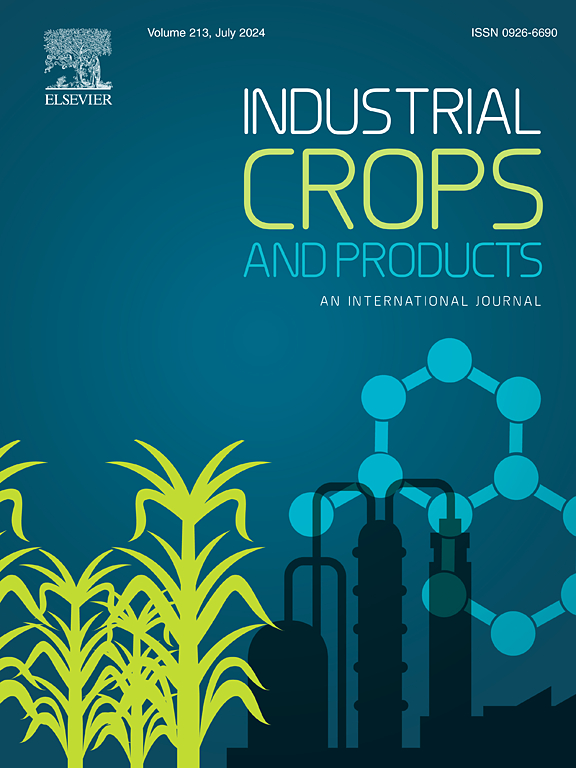从感官与理论相结合的角度探讨龙井茶中特征香气化合物相互作用的分子机制:重点研究芳樟醇和茉莉酸甲酯对OR52D1嗅觉受体的影响
IF 5.6
1区 农林科学
Q1 AGRICULTURAL ENGINEERING
引用次数: 0
摘要
采用S曲线法研究了龙井茶中芳樟醇、β-酮、茉莉酸甲酯、3-甲基丁醛、己醛、α-酮等六种成分的相互作用。其中,茉莉酸甲酯与芳樟醇之间存在掩蔽效应。同时,芳樟醇和β-酮之间存在协同效应。此外,还采用分子对接法比较了单一化合物和二元化合物与嗅觉受体(OR52D1 和 OR1A1)的结合能。结果发现它们的结合能存在明显差异。最后,分子动力学模拟显示,在芳樟醇存在的情况下,OR52D1-甲基茉莉酸盐中的疏水残基从 Met210、Ala209、Val205、Phe162 和 Ala206 变为 Met210、Ala209、Phe262、Ala206、Val205、Tyr111 和 Phe162。芳樟醇可能与残基形成新的氢键或疏水相互作用,占据了与茉莉酸甲酯结合的初始位点。这些变化揭示了芳樟醇与茉莉酸甲酯的抑制机理,为进一步调控龙井茶香气提供了新的视角。本文章由计算机程序翻译,如有差异,请以英文原文为准。
Exploring the molecular mechanism of the interaction between characteristic aroma compounds in Longjing tea using a combination of sensory and theoretical perspectives: With a focus on linalool and methyl jasmonate on olfactory receptor of OR52D1
The interaction of six components including linalool, β-ionone, methyl jasmonate, 3-methylbutanal, hexanal, α-ionone in Longjing tea was investigated by the S-curve method. Among them, masking effect occurs between methyl jasmonate and linalool. Meanwhile, there is a synergistic effect between linalool and β-ionone. Furthermore, molecular docking was adopted to compare the binding energies of single and binary compounds with olfactory receptors (OR52D1 and OR1A1). There are significant differences found in their binding energies. Finally, molecular dynamics simulations showed that, in the presence of linalool, the hydrophobic residues in OR52D1-methyl jasmonate changed from Met210, Ala209, Val205, Phe162, and Ala206 to Met210, Ala209, Phe262, Ala206, Val205, Tyr111, and Phe162. Linalool may form new hydrogen bonds or hydrophobic interactions with residues, occupying the initial sites used for binding with methyl jasmonate. The changes can reveal the inhibitory mechanism of linalool and methyl jasmonate, providing new perspective for further regulating aroma of Longjing tea.
求助全文
通过发布文献求助,成功后即可免费获取论文全文。
去求助
来源期刊

Industrial Crops and Products
农林科学-农业工程
CiteScore
9.50
自引率
8.50%
发文量
1518
审稿时长
43 days
期刊介绍:
Industrial Crops and Products is an International Journal publishing academic and industrial research on industrial (defined as non-food/non-feed) crops and products. Papers concern both crop-oriented and bio-based materials from crops-oriented research, and should be of interest to an international audience, hypothesis driven, and where comparisons are made statistics performed.
 求助内容:
求助内容: 应助结果提醒方式:
应助结果提醒方式:


